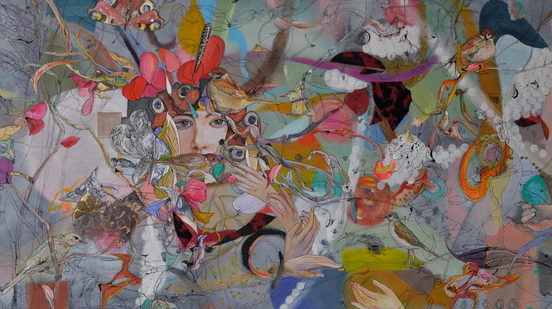The British Museum’s acquisition of the “Still Life under the Lamp” linocuts by Pablo Picasso is a clear indication of the fact that the modern world still appreciates still life art. According to art experts, this is one of the finest art resources that the museum has acquired in the recent years. It has been hailed as a major achievement by the internationally recognized museum. The importance of this work can also be attributed to its creator’s fame.
The Artist
Pablo Picasso was born in 1880 in Malaga Spain. He later moved to France where he continued his work as a writer, architect, artist, and a painter. His paintings were not only renowned in Europe but were also exhibited in top galleries all over the civilized world. He took part in many important art discussions and exhibitions leaving behind great inspiration for future generations of artists. The modern art world owes a lot to Picasso. He is one of the early masters who shaped the face of modern art. He is specifically recognized for transforming art association which was known as Cubism which helped artists of the time to structure their work to a meaningful composition. In other words, he made art achieve its constructive sense. Among other paintings done by Picasso are the Portrait of Dola Maar, la vie, First Communion, Jacqueline Reading and Les demoiselles D’Avignon which are still exhibited to date in different museums around the world. His works can also be found among the contemporary still life paintings at saatchionline.com. Pablo Picasso passed on in 1975.
The Uniqueness of the “Still Life under the Lamp” linocuts
Still life under the lamp was done by the artist in the early nineteen sixties. Although done when the artist was eighty years old, it is considered one of the most exclusive works of all his works. The innovation of this piece of art was of high creativity and technique. The image portrays a motionless apple and a glass cup. The lampshade sheds light on the image and makes it glow in darkness. The artwork’s insightful quality can be seen in its creation from the beginning to the end. It comprises thirteen linocuts which are done in a very amazing way. In every stage the image appears complete but the artist proves otherwise by going ahead to form twists and turns, producing a work of genius. This surface also proves the uniqueness of the paint the artist used to create a world renowned masterpiece.
Color Scheme
The lively colors in the paint make it stand out among the rest. It comprises a mix of apple green, citric yellow and red hot colors which makes it more magnificent and eye-catching. The color arrangement is one of a kind and represents the famous tastes of the twentieth century.
Painting Skills
The method used in the making of the art was unique in that he would cut the block into linoleum before coloring unlike the traditional way of where separate blocks were used for each color. By doing this he was able to accomplish the paint in less time and also create a unique masterpiece. The paint’s exceptional qualities are some of the reasons why the British Museum bought the artwork. This is a clear demonstration of the fact that still life art is still relevant in modern times. It serves as inspiration for the modern artists.












